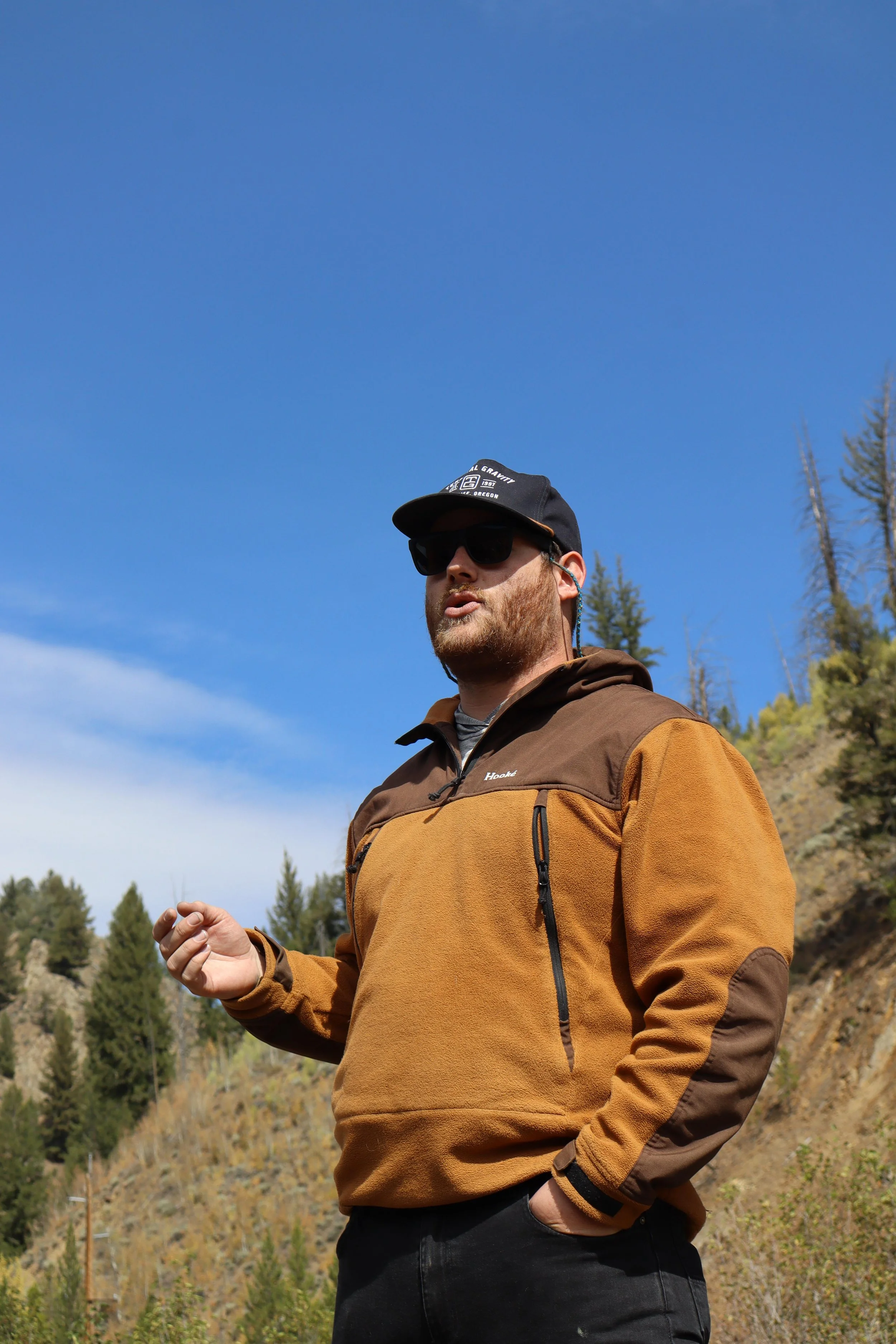Jenny Wallgren and Klamath River Restoration
Regulatory Manager for RES Klamath restoration project
Former Klamath River Dams, CA
September 26, 2024
Jenny Wallgren, in her white pickup, led our caravan of Wagoneers over winding and gravelly roads to access the now very dry Copco reservoir footprint. The Klamath river runs, shallowly through the valley through the river channel that was preserved under about 70 feet of water. Jenny points out to us, “There’s no riparian area right now…A river with no riparian area will just continue to destroy itself until it can plumb onto that, until it can establish a riparian area.”
Jenny Wallgren, an ecologist by training, moved across the country after working for 20 years in Texas to the Klamath Valley to work as the Regulatory Manager for RES (Resource Environmental Solutions) on the Klamath dams removal and restoration project. The removal project formally began in September of 2023 with the removal of Copco 2, one of the 4 dams on the Klamath River. This is the largest scale post-dam-removal restoration project that has ever been done and requires experts from a number of scientific fields to find solutions to problems that arise. It’s the revegetation efforts that excite Jenny the most. To carefully and creatively plant thousands of seeds in a recently inundated, totally bare area and watch over months as bright yellow poppies and red and green woody bushes rise up from cracked and concrete-hard soil creates an internal swell of pride and hopefulness.
Jenny chuckles as a few of us ask about methods of revegetation. She tells us about reseeding via helicopter and snowshoe treks when the drained Copco reservoir was too muddy for teams to traverse safely, “I will say that some of the efforts we did were really funny to watch. Does anybody remember Moon Shoes from the 80’s and 90’s, where you’re walking kind of on trampolines…We had Moon Shoes. I think they worked the least, but they were the most fun to watch.”
The dam removal process is still very fresh with the most recent dam removal of Copco 1 beginning on August 28th of 2024. Massive sediment buildup behind the dams and disturbance from construction is causing a large increase in water turbidity and other temporary water issues, but Jenny is hopeful for the near future where the Klamath will run free and healthy for the first time in over 100 years.
by Linnea Krig





































